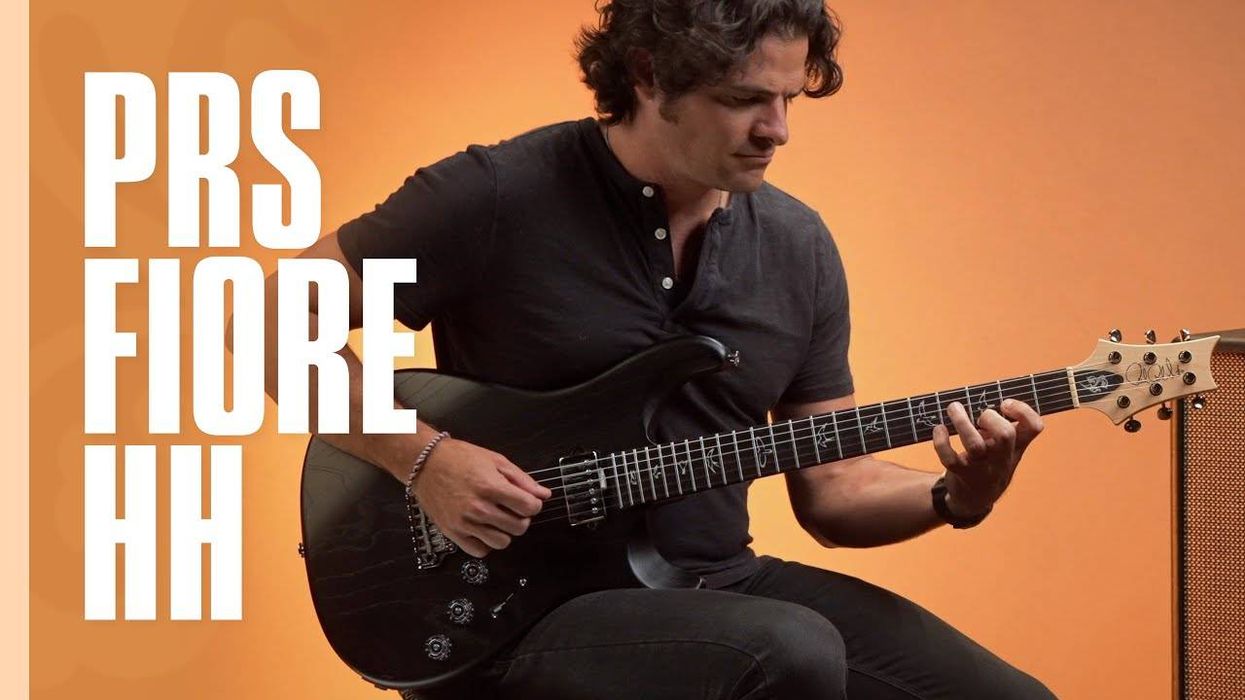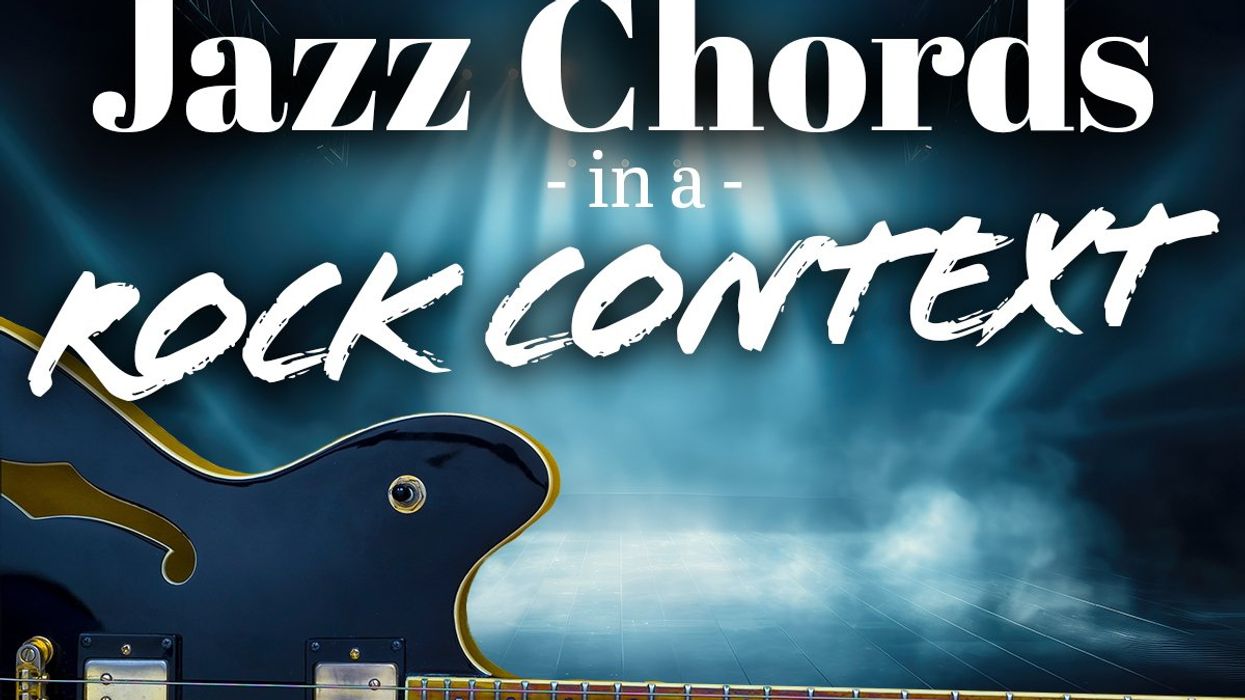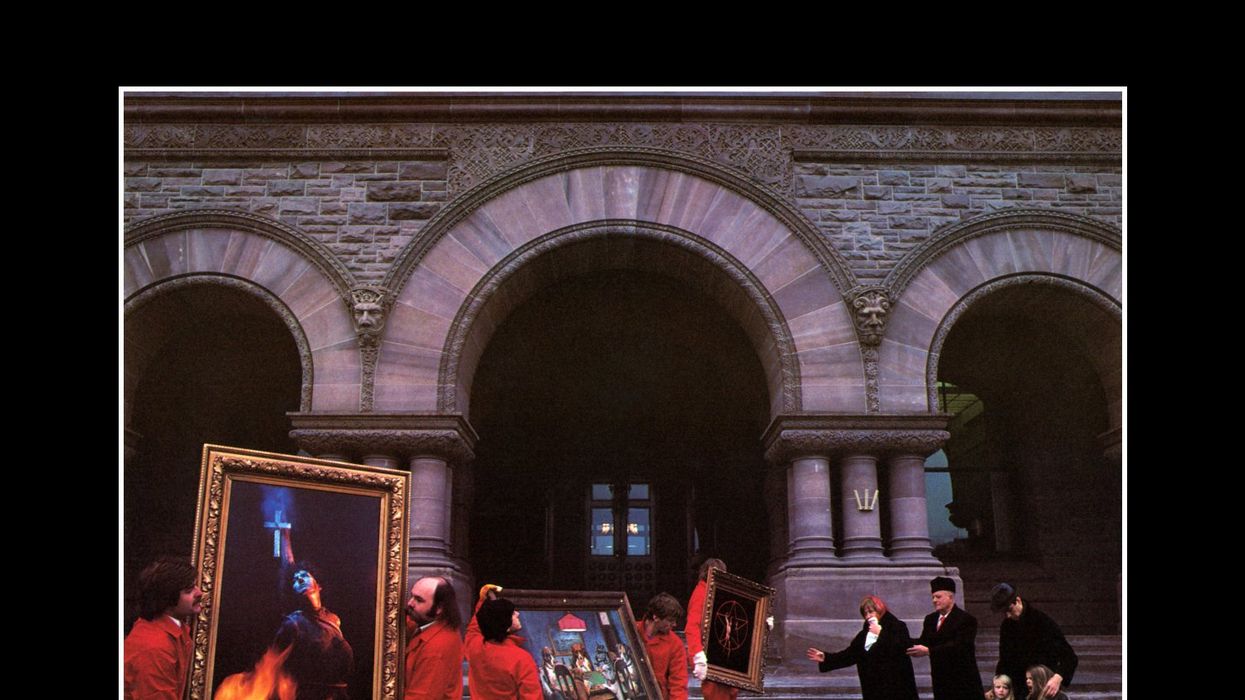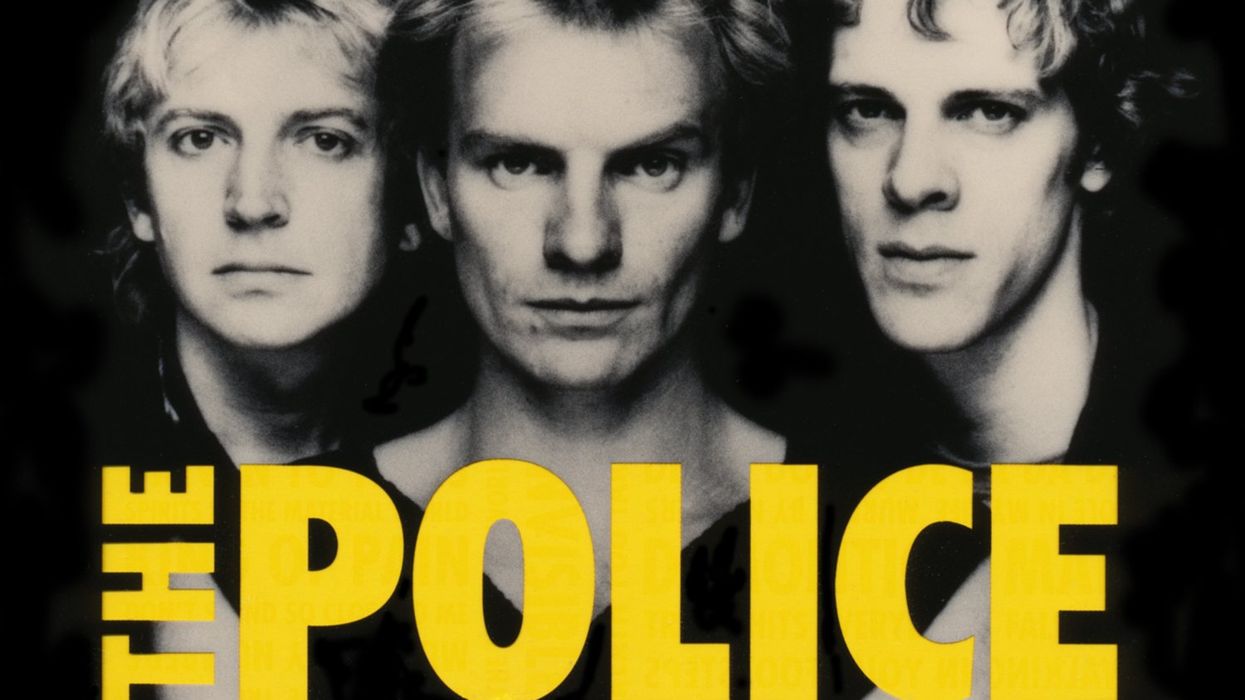College rock started as a generic term meant to cover the bands or genres that were neglected by mainstream radio in the 1980s—bands like Hüsker Dü (punk), Bauhaus (goth), P.I.L. (post-punk), Violent Femmes (folk-punk), and countless other nonconformists—but who dominated college radio. Eventually, and ironically, the term came to define a genre of its own. In this lesson, we’ll highlight a few of college rock’s guitar hallmarks, explain the theory behind the harmony, and point out the necessities of tone.
One could easily argue that there are two college rock bands—one from America and one from England—who set the tone for all others: R.E.M. and the Smiths, featuring, respectively, guitarists Peter Buck and Johnny Marr. So, what better place to start than with some variations on their open-string hooks and unique chord voicings, both of which helped create the college rock sound.
It should also be noted that both Buck and Marr made extensive use of 12-string guitars, giving college rock a reputation for being “jangly.” Regrettably, this is by far the most cost-prohibitive aspect of the college rock sound. Never fear, some not-so-subtle use of a chorus pedal can get you … well, if not close, closer.
College Rock Figureheads
Ex. 1 is reminiscent of R.E.M.’s “Harborcoat” (and various other songs from their first four albums). While the chord progression implied by the bass is relatively simple (most of the examples in this lesson follow suit), the voicings of the arpeggios help to create unusual chords, most notably in measure two, where the major 7th (D#) and the root (E) ring against each other creating a tension that resolves into the next measure.
In the second half of Ex. 1, chords are strummed with the top two open strings ringing throughout (excepting during the C#m chord), once again creating uncommon harmonies. Note, in particular, the last measure, which includes an A(add9, add#11) chord!
Ex. 2, inspired by R.E.M.’s “Orange Crush,” finds a common college-rock technique: taking a simple open-chord shape, in this case C, and moving it around the neck, even if just up two frets. This simple move creates a D(add4, add9) chord. These “add” chords—wherein you add the intervals 2 or 4 (or 9 and 11, depending on your point of view) to a triad—are heard frequently in this style of guitar playing. In measure three, the shape is moved down, into “normal” C position, but without the first finger, thus creating a melancholic Cmaj7. If you’re going to play college rock, 50 percent of it better be bittersweet.
With R.E.M. accounted for, let’s move on to Johnny Marr and the Smiths. Leaving the open-string moves aside for a few measures, Ex. 3 pays homage to “This Charming Man,” which will challenge almost any player with its unique use of dyads, or double-stops. This example moves down and up the fretboard, implying a myriad of exceptional harmonies while the bass pounds out the root notes. Is it a solo or a chord progression? Why not both?
Ex. 4 adds a swing feel to the college-rock sound and includes an unexpected syncopation by starting on the “and” of 1 instead of the downbeat. The unique rhythm recurs at the repeat, with the open D note tying itself over the bar on the “and” of 4. The Smith’s “What Difference Does It Make?” serves as a point of reference here.
Quintessentially American
With the college-rock figureheads accounted for, at this point we could move in any direction. So, let’s look at a couple of the heavier American bands—Pixies and the Replacements.
Ex. 5 comes to us via Pixies’ “Brick Is Red.” While this example sounds markedly different from the first four, you’ll notice that, once again, open strings play a central role in this quirky etude. Also, pay attention to the use of starts and stops, as well as dynamics. These two characteristics went on to inspire not only other college-rock bands but the alternative-rock scene that was to follow shortly thereafter. Frequently, as in this example, Pixies guitarists Black Francis (aka Frank Black) and Joey Santiago would double such an idea on acoustic guitar and electric respectively.
More open strings are heard in Ex. 6, which imitates the Replacements’ “Bastards of Young,” featuring Paul Westerberg and Bob Stinson on guitars. What makes this hook distinctive is how it is played over four different bass, root notes, implying four different chords, which are essentially Badd9–C#m9–Emaj7–F#6. Speaking of the Replacements, have a listen to their song “Color Me Impressed” and compare the opening riff to “Chartered Trips” by fellow Minnesotans Hüsker Dü. Coincidence?
Characteristically British
Our final three examples were all inspired by British bands and lead us into a brief discussion on college-rock tone.
Ex. 7 plays off Siouxsie and the Banshees’ “Israel” (featuring John McGeoch on guitar), which is an ideal song for beginners working on fingering barres. As you’ll see, the chords are made by lying one finger flat across the top four strings (I suggest the index). The simplicity of this idea is belied by the complexity of the harmonies created, in this case Em7–C#m7–G#m7–B6. In the second part of the example, natural harmonics are employed, once again with one finger lightly placed on the strings. Regarding the obvious change in tone, compared to all the other examples, this part was recorded through a chorus pedal with the level at 100 percent, the rate at 50 percent, and the depth at 25 percent. Yes, the effect is doing much of the work here! That is not uncommon in the world of college rock, where sound is every bit as important as technique.
Be sure to check out more great guitar playing on Siouxsie and the Banshees records (Siouxsie featured several guitar players over the years), in particular John McGeoch’s playing on “Eve White, Eve Black,” which uses the whole-tone scale in a way more reminiscent of King Crimson than you’d expect.
The seemingly mundane E–A–B chord progression (I–IV–V) of Ex. 8 is enhanced considerably with both sus and add chords. Unlike add chords, sus chords replace the third in a triad with a second or fourth. Thanks to the inversions in this example, the chords never remain static. Look to Ian McCulloch and Will Sergeant of Echo & the Bunnymen for use of such chords, “Crystal Days” in particular. The 12-string guitar makes another appearance here.
Our last example was inspired by one of the numerous crossover hits that came out of the college rock genre, in this case, the Cure’s “Just Like Heaven.” Ex. 9’s open-string chords (reminiscent of Ex. 1) create a lush foundation over which the open-string hook is played. Both guitars are heavily chorused, though Robert Smith and Porl Thompson of the Cure frequently do play 12-string guitars.
I’d be remiss if I didn’t mention another iconic college rock group, Dinosaur Jr., and their fantastic cover version of “Just Like Heaven.” Here we get the best of both worlds, the Cure’s romantic atmosphere and J Mascis’ brutal yet playful guitar playing.
Who Did We Skip? Almost Everyone!
Like most genres, college-rock has a seemingly endless number of bands to draw from. Thus, this lesson could have easily filled a book. And there is no doubt, thanks to the rabid nature of legions of college rock fans, that many will claim I overlooked an incalculable number of bands and guitarists. They are correct. So, let this lesson serve as a primer. Take it upon yourself to seek out other inventive musicians in this genre, no degree required!
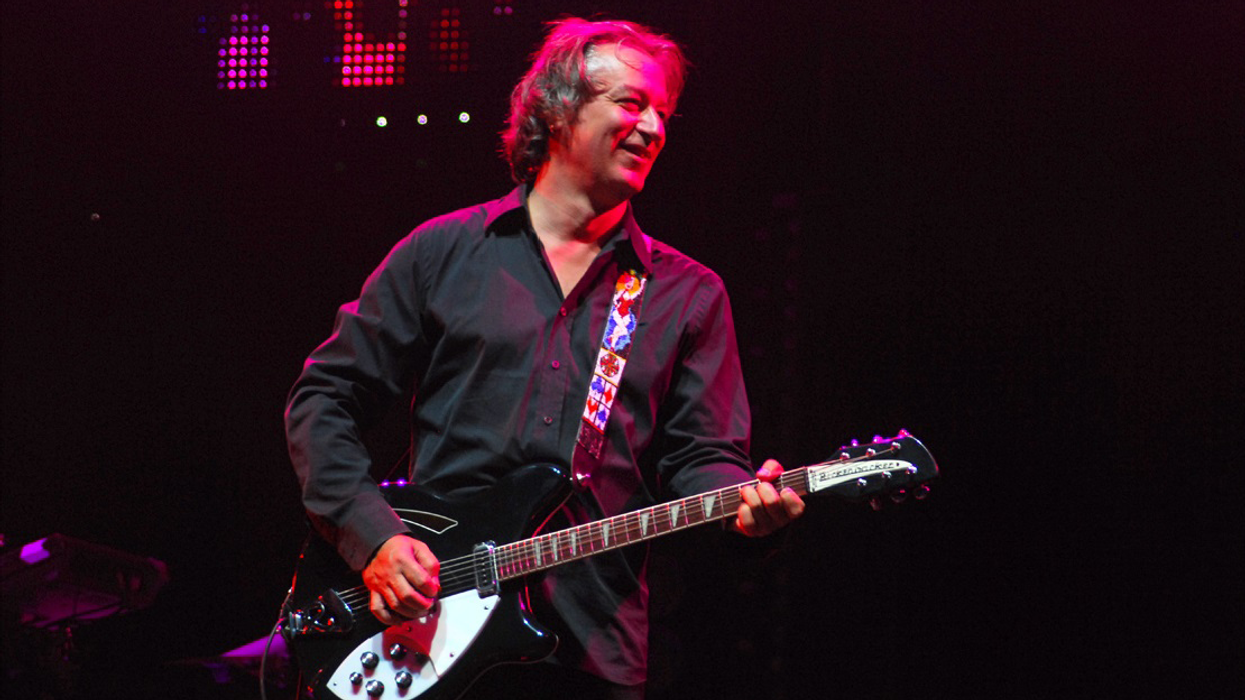
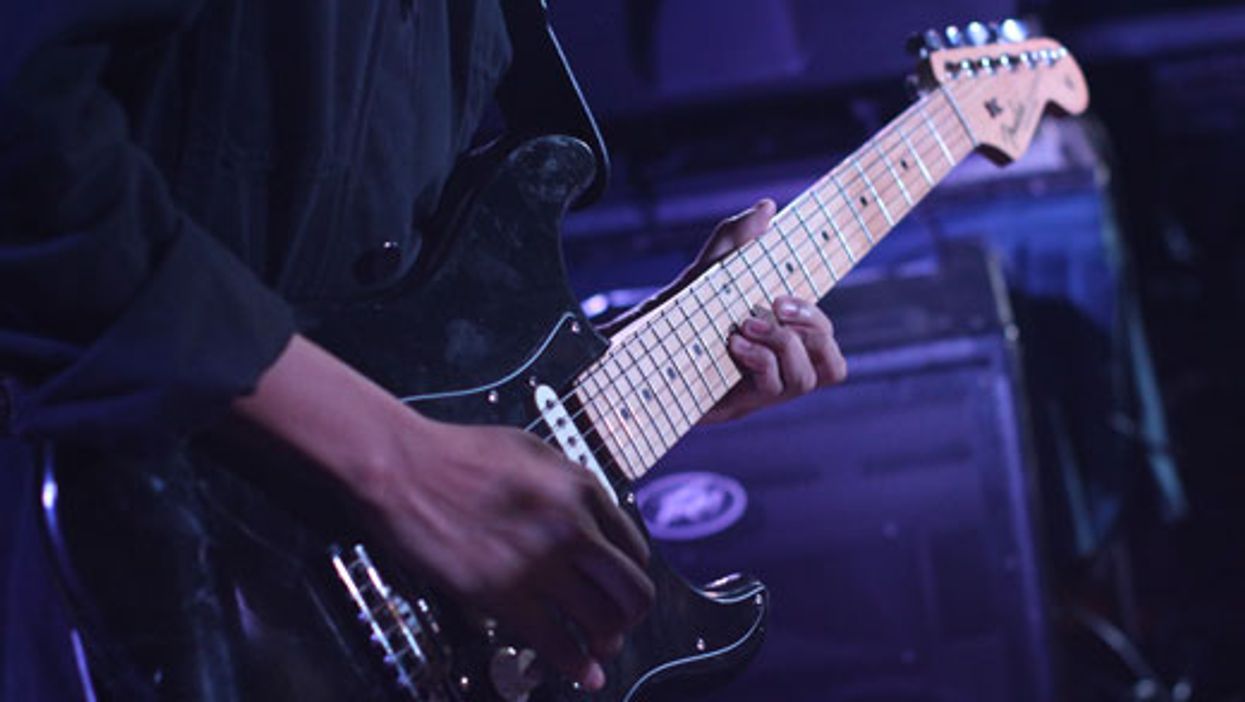
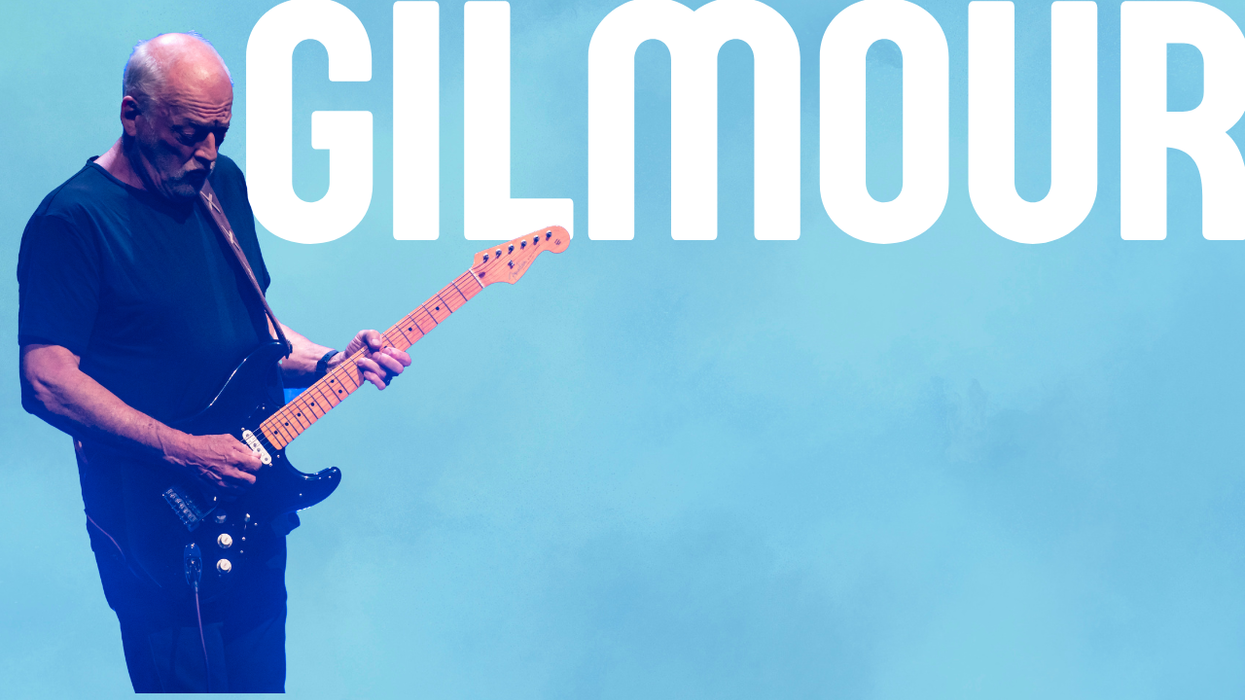
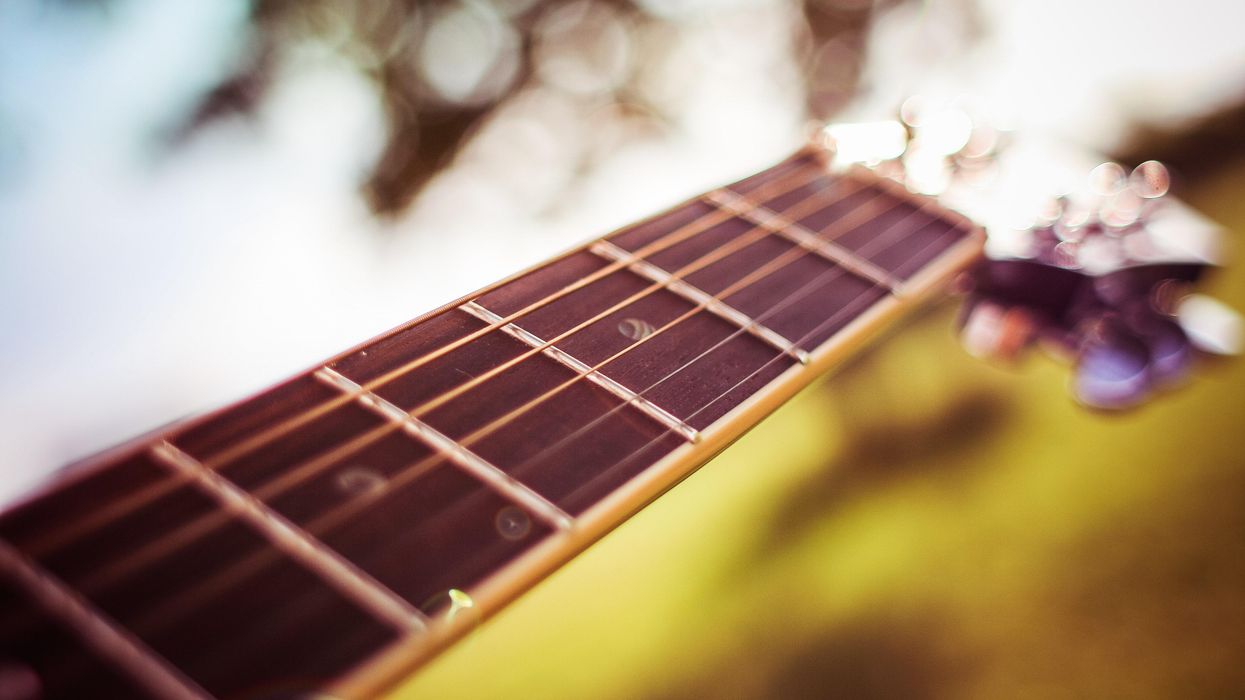
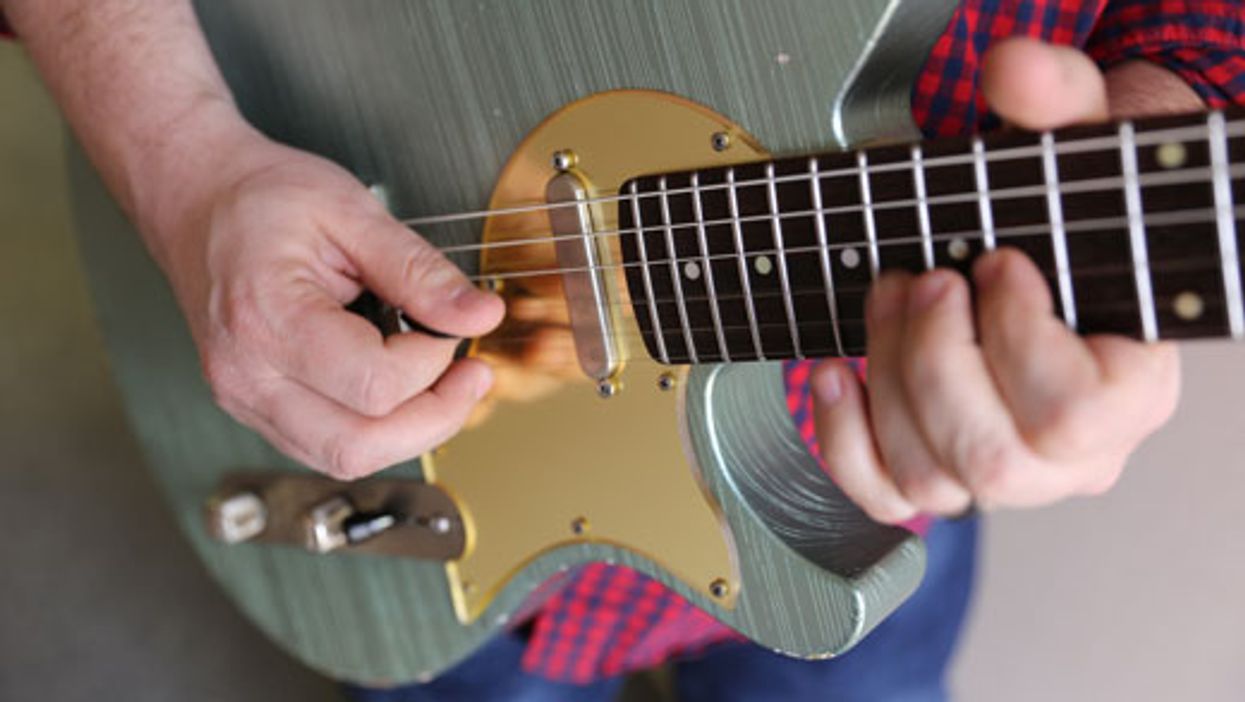
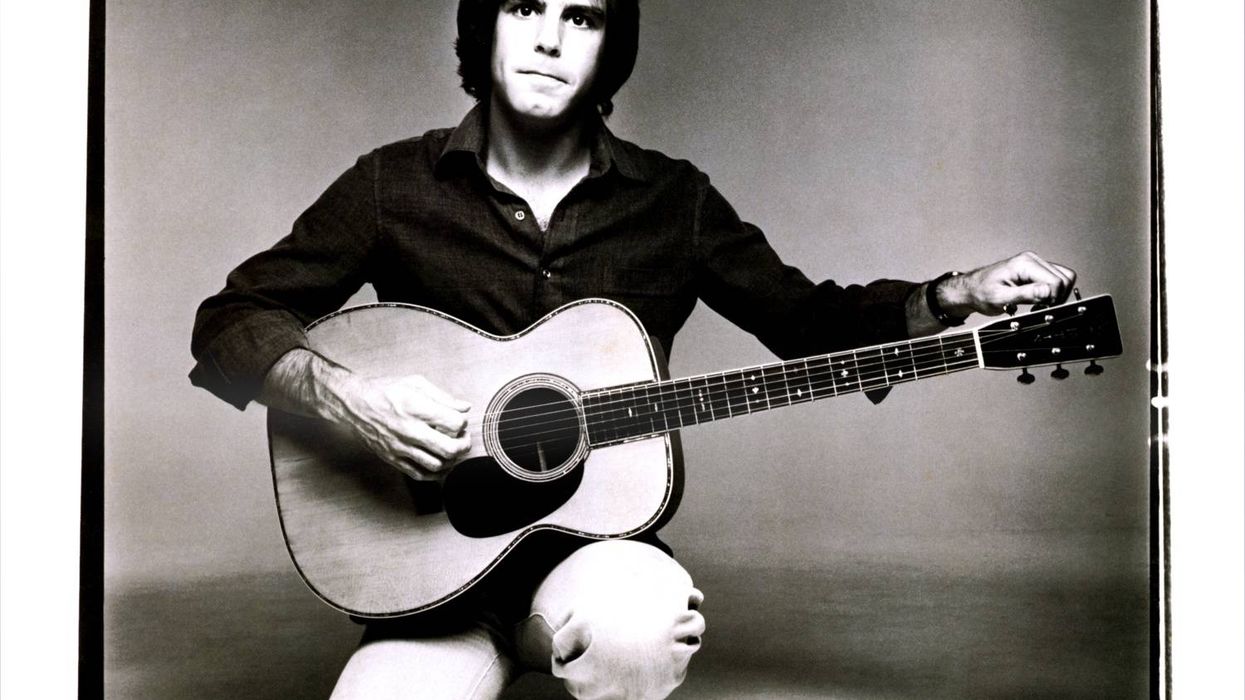

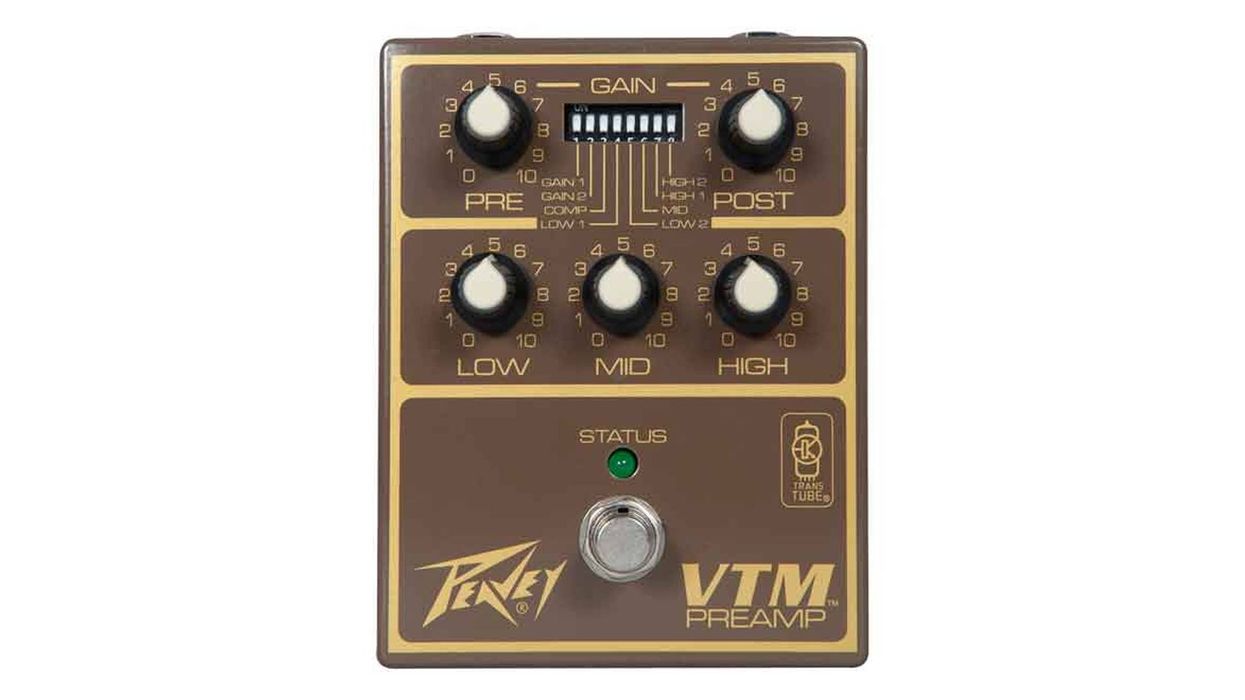


![Rig Rundown: AFI [2025]](https://www.premierguitar.com/media-library/youtube.jpg?id=62064741&width=1245&height=700&quality=70&coordinates=0%2C0%2C0%2C0)
